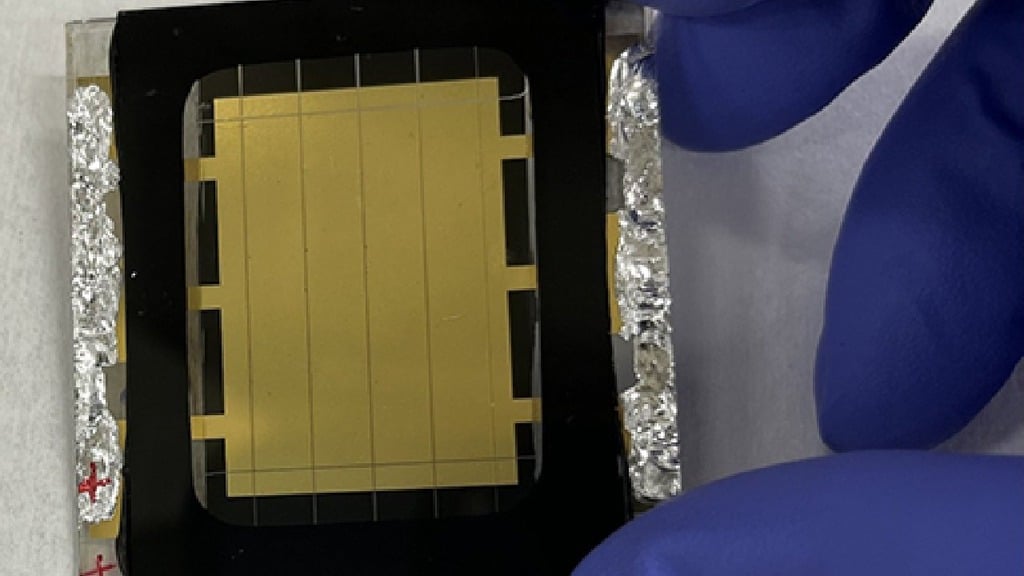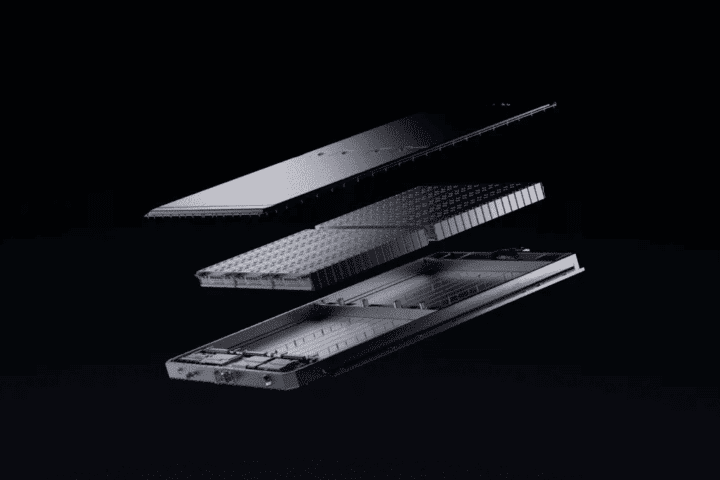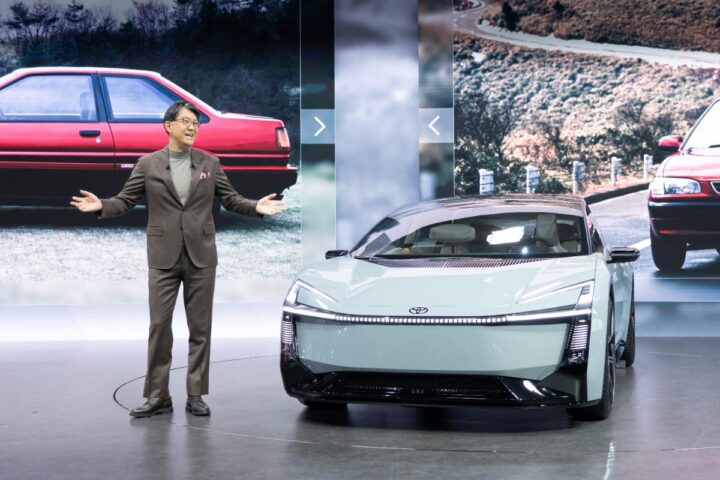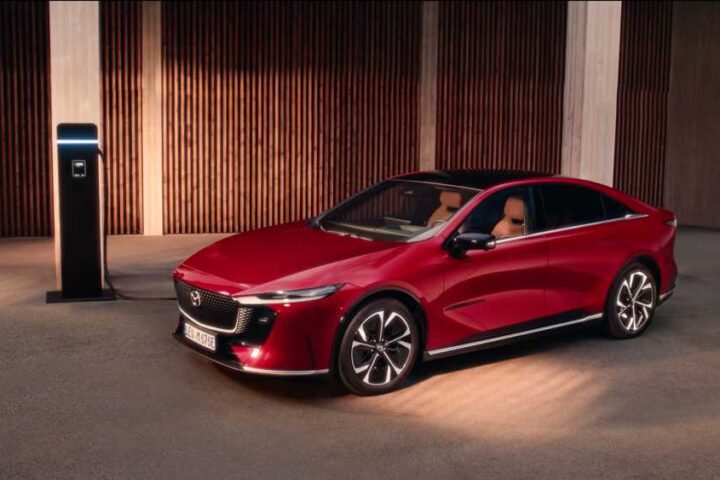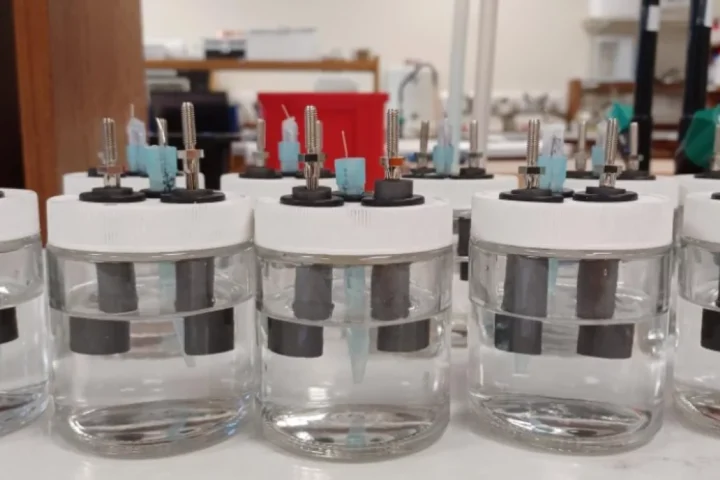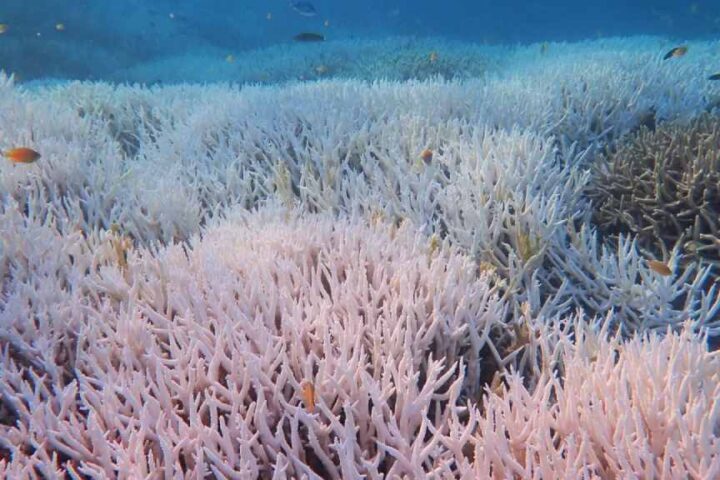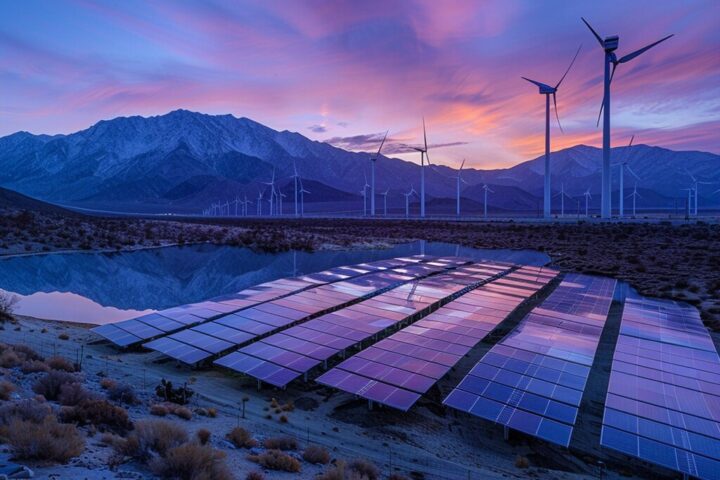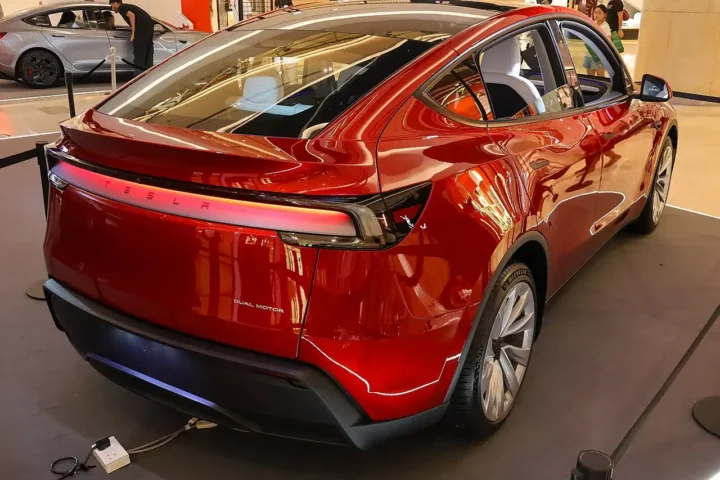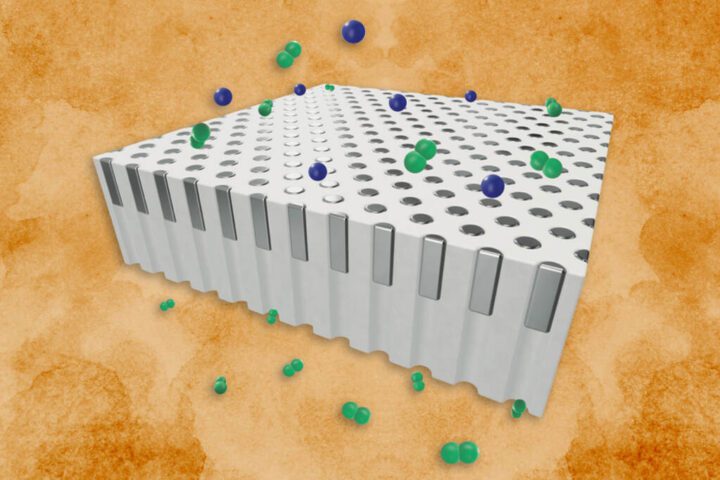Scientists have improved solar cell performance by replacing a key component with salt, according to new research from the National Renewable Energy Laboratory (NREL).
The team replaced the standard fullerene (C60) layer with an ionic salt called CPMAC in perovskite solar cells. This change pushed efficiency to 26.1%, slightly better than the 25.5% achieved with traditional materials.
What impressed researchers most was the dramatic improvement in durability. The salt-modified cells showed only about 2% degradation after running for 2,100 hours at 65°C. In comparison, conventional cells degraded more quickly under similar conditions.
“That’s really the surprise, but it’s a very good surprise,” said Kai Zhu, senior scientist at NREL who helped lead the research.
The salt strengthened the electron transport layer – the part that moves electricity through the solar cell. Tests showed it made this layer three times stronger than before, fixing a weakness that had limited how long these cells could last.
Similiar Post
The researchers also tested small modules with six square centimeters of active area. These achieved 23% efficiency and lost less than 9% performance after 2,200 hours at 55°C.
Perovskite solar cells have advanced rapidly in recent years. Their efficiency has jumped from just 3.5% in 2009 to today’s 26% – much faster progress than traditional silicon panels made over decades.
The NREL work focused on “inverted architecture” perovskite cells, a design known for better stability. This approach flips the order of layers and is particularly suitable for advanced tandem solar cells that stack different materials together.
Chinese manufacturers have recently made significant progress, with LONGi achieving 34.85% efficiency (certified by NREL in April 2025) and JinkoSolar claiming 33.84% efficiency in January 2025 for perovskite-silicon tandem solar cells.

The salt discovery matters because durability has been the biggest hurdle for perovskite technology. For solar panels to be practical, they need to work reliably for 25 years or more in real-world conditions.
The study appears in the journal Science and involved collaboration between NREL and researchers from King Abdullah University of Science and Technology, Newcastle University, CubicPV Inc., and several American universities.
The U.S. Department of Energy’s Office of Basic Energy Sciences and Solar Energy Technologies Office supported the research, showing continued government commitment to advancing renewable energy technology.
